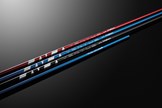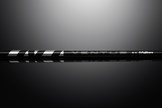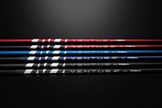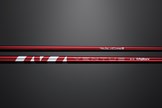Fujikura Ventus 2024: Everything you need to know about the new shafts with Velocore+ technology
Last updated:
The Fujikura Ventus shaft exploded onto tour in 2018 with the original Blue version. With the release of the 2024 models, we take you through everything you need to know about the new Ventus.
The 2018 Safeway Open may be a red-letter moment in Fujikura Golf’s history. The company gave an understated launch to their Ventus shaft at the PGA Tour event – a shaft that would enjoy monumental success.
Since then the Ventus, and 2022’s Ventus TR line, has gone on to become a staple in the bags of some of the biggest names across both the men’s and women’s tours, including World No.1 Scottie Scheffler, and four-time Major champion Rory McIlroy.
Now Fujikura have released an update to the VeloCore technology proved key to the success of Ventus – Velocore+. The Blue model was released to Tour pros in February, with the Black and Red models completing the line-up in June.

Who are Fujikura?
Fujikura Composites America, to give the company their full title, has been at the cutting edge of golf shaft design since its founding in 1994. Based out of Carlsbad, California, Fujikura have created some of the most well-known materials and shafts in golf with the likes of the legendary Speeder and Motore families just the tip of the iceberg.
The Carlsbad location oversees all R&D on the latest creations while manufacturing takes place at Fujikura’s own plants in Fukushima, Japan, and Vietnam to ensure the highest quality production.
Fujikura also employ a proprietary system called enso. Exclusively available to the brand, the system utilizes 3D motion capture technology to measure minute details in shaft performance, including vectors such as shaft deflection or twisting. The feedback that Fujikura has been able to take from the use of enso has been a key aspect in the development of the Ventus series.

What is the Ventus golf shaft?
As we mentioned earlier, the Ventus golf shaft started life on the PGA Tour in 2018 but its birth can probably be dated to somewhere in 2016. The Fujikura R&D team, using the technologies outlined above, started experimenting with high-end Pitch carbon fibers.
Pitch fibers, made from naturally occurring carbon-based materials, are far stronger than synthetically made carbon fibers (known as PAN fibers), allowing for composite materials that maintain higher strength-to-weight ratios than previously available.
This is important for shaft design because it means that you can use more premium materials throughout the shaft’s entire length as opposed to just one section, as well as in multiple different layer directions. Layers of these materials can be orientated at different angles when shafts are constructed to provide specific characteristics.
VeloCore technology has allowed the Ventus models to differentiate themselves from the competition.
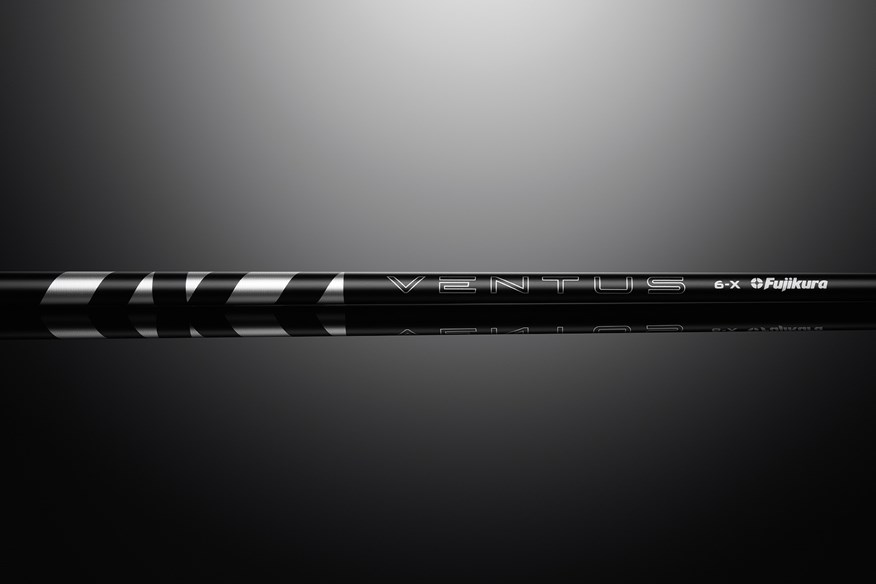
What is VeloCore?
VeloCore is the name given to the multi-material core that powers the Ventus shaft family. It is, appropriately, a composite of the statement ‘Velocity at its Core‘, a key talking point in the construction of a Ventus golf shaft.
Manufactured using a combination of Pitch 70 Ton and 40 Ton fibers through the shaft’s entire length, VeloCore is designed around increasing MOI, the resistance to twisting on off-center hits in the club head, by creating increased tip stability and rigidity. This helps tighten dispersion and improve ball speed and average distances for golfers.
With the 2024 update to Ventus, Fujikura has now introduced VeloCore+ into the mix, which will be utilized in the same way across the Blue, Black, and Red models.
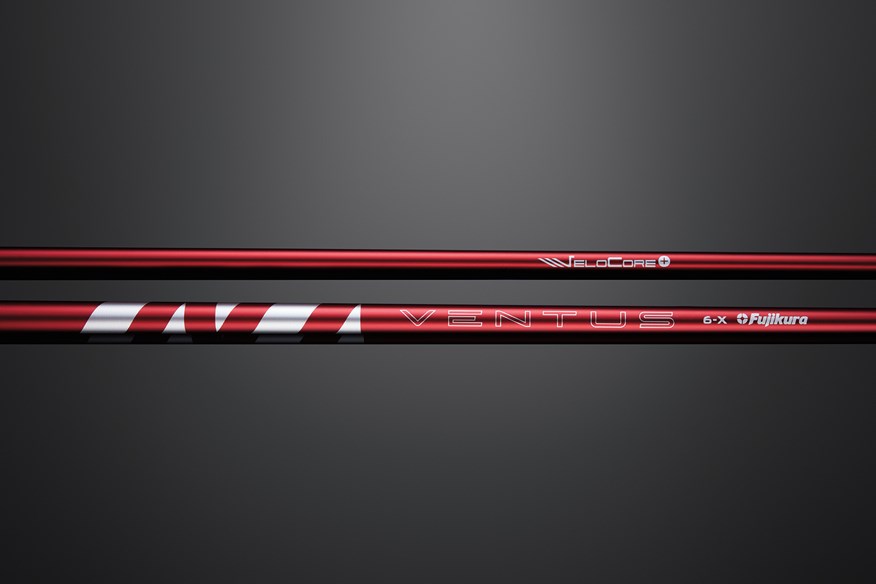
What’s the difference between VeloCore and VeloCore+?
The company are being extremely tight-lipped about the additional materials used in the design of VeloCore+ but, for now, they say the new construction has allowed them to enhance both feel and performance.
The Fujikura engineers say that the new, enhanced material will result in even tighter downrange metrics (dispersion in layman’s terms) while also making the shaft feel smoother in the golfer’s hands. This should help increase the feedback during delivery of the clubhead, helping give you a better idea of exactly where the club is during your swing.
Does the 2024 Ventus replace the Ventus TR?
The new Ventus is not a replacement for the Ventus TR sub-family of shafts. Fujikura will still offer the two lines alongside one another, with the TR models being better suited to more aggressive tempos due to the additional Spread Tow carbon fiber material in the handle section.
The updated Ventus models are better suited to golfers who don’t want to feel as much handle stiffness while they swing or those who are looking for the additional feedback in their woods.
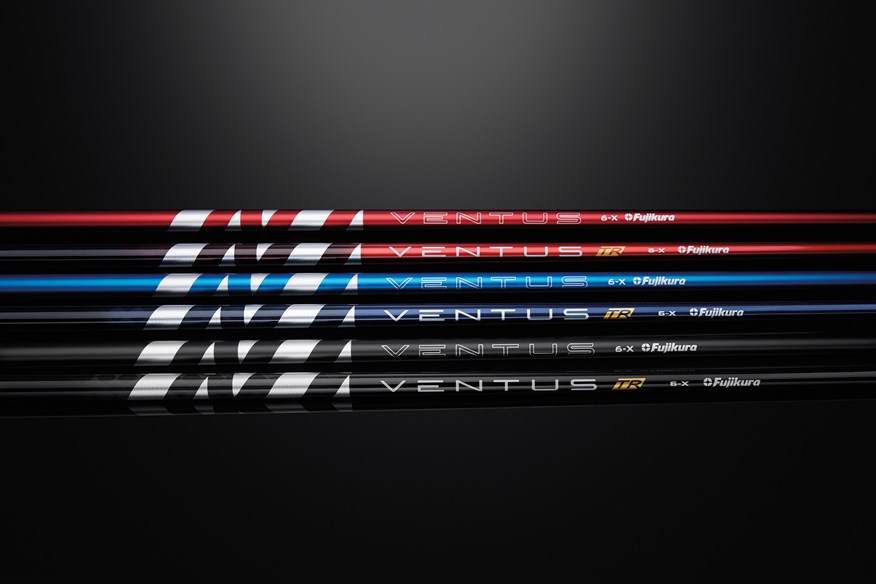
How do I know which Ventus shaft suits me?
Finding the right shaft for your game is a key factor in consistent performance off the tee.
As with the previous model, the Ventus 2024 shafts come in three options – Black, Blue, and Red. Ranging from softer flex 50g up to 90g X-Stiff ( and everything in-between) the new Ventus line is as versatile as any on the market today. Let’s take a closer look at the player profiles for each option:
Black
Created for the strongest players, the black shaft is the stiffest of Fujikura’s offerings. While similiar in handle stiffness to the Blue, that’s where the commonalities end. The mid- and tip-sections of the Black are enhanced to cope with players with both speed and aggression, producing low launch and low spin conditions.
Blue
The middle ground option for the Ventus offerings, the Blue profile has smoothed out in its transition between sections creating a more consistent feel of the shaft unloading. A great option for smoother swingers or golfers who want more feedback than they get from the Black, the Blue is the most versatile of the series and will produce mid-launch and low-mid spin.
Red
Designated as the higher launch model of the three, the red shouldn’t be taken out of the equation when considering what is ideal for you. A firmer handle section quickly transitions into a softer profile than Black and Blue through the rest of the shaft, looking to help golfers who want to increase their peak height.
Ultimately, we still recommend you get fitted at a reputable golf retailer for your clubs and shafts but Fujikura’s updates to the Ventus lineup will only make this shaft series even more accessible to a wider range of golfers.
SUBSCRIBE TO TODAY’S GOLFER: Print and Digital access, discounts and rewards!
